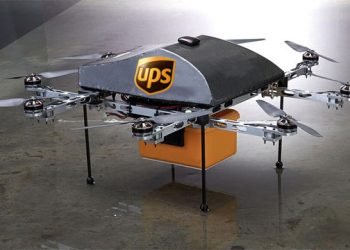By Maria Kalamatas
Columbus, OH —
In a decisive regional vote last month, residents of Central Ohio overwhelmingly approved a sweeping $8 billion public transit and urban mobility package known as LinkUS, setting the stage for one of the most ambitious transportation transformations in the Midwest’s recent history.
While the plan is largely framed around improving public access to jobs and education, logistics executives are eyeing LinkUS as a new blueprint for urban freight optimization—particularly in medium-sized inland cities where last-mile delivery challenges have multiplied.
“This isn’t just about moving people—it’s about unlocking better movement of goods within urban cores,” said Matthew Henderson, VP of Regional Planning at MidWestLogix. “The new corridors will allow for more structured time windows for freight and reduce conflicts with commuter peaks.”
Dedicated freight-smart corridors: a U.S. first
One of LinkUS’s most innovative features includes “freight-smart corridors”, designed in partnership with UPS and Ohio State University’s Center for Urban Logistics. These lanes will accommodate hybrid delivery vehicles with priority signals, smart loading zones, and designated curb spaces to reduce dwell time.
“In most cities, freight is reactive. Here, we’re building proactive infrastructure that integrates logistics into transit design,” said Dr. Nina Patel, professor of supply chain systems at OSU.
A future-ready investment
The plan will be rolled out over 25 years and includes two new Bus Rapid Transit (BRT) lines, a revamped arterial road network, and mobility hubs that combine e-bikes, EV charging, micro-warehousing, and drone dispatch stations.
FedEx and Amazon have already expressed interest in leveraging these mobility hubs as low-emission last-mile nodes, according to sources familiar with city planning discussions.
Workforce and equity at the core
Beyond freight, LinkUS has a clear social agenda. By reducing transit deserts and connecting underserved neighborhoods, the plan aims to boost job access and economic participation.
“Transport equity must go hand-in-hand with freight efficiency,” said Columbus Mayor Andrew Ginther. “The trucks and buses of the future need to serve everyone.”
Columbus: a logistics testbed once again
Columbus previously made headlines in 2016 when it won the U.S. DOT Smart City Challenge. LinkUS is now seen as the natural evolution of that momentum, this time with an explicit logistics component.
As Henderson put it, “Columbus is showing that smart cities aren’t just wired—they’re logistically intelligent.”






















